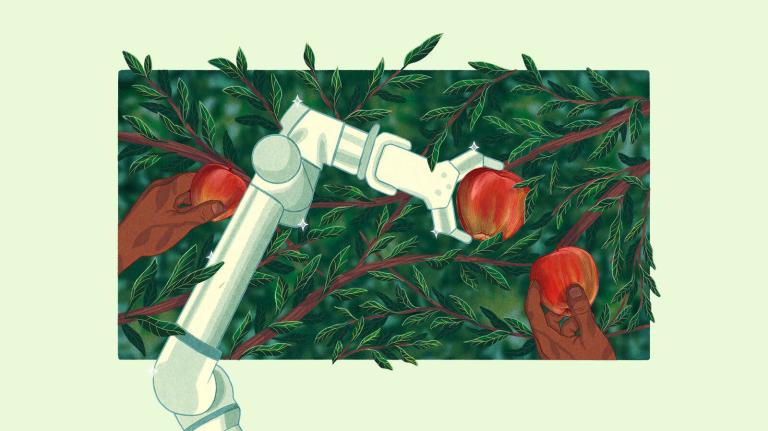Last week, I wrote about high crop prices that were inspiring people to make all manner of dubious land-use decisions, like plowing up environmentally sensitive land to plant environmentally destructive corn.
Then I came across an interesting bit from Merchants of Grain: The Power and Profits of the Five Giant Companies at the Center of the World’s Food Supply, by veteran Washington Post reporter Dan Morgan. I’ve just started the book, which first came out in 1979. It’s riveting.
After laying out the great boom in grain prices of the early 1970s, which arose after massive, secretive grain sales to the Soviet Union, Morgan writes:
The land itself exhibited the scars of … the grain economy. Along the North Carolina coast, Italian and Japanese investors bought tens of thousands of acres of marshy wetlands, cleared the trees with bulldozers and Caterpillar tractors, installed drainage ditches, and announced plans for “superfarms.” The incentives were corn at $3.00 a bushel and soybeans at $6.50; the world needed more food. But environmentalists in the state expressed concern about the effect of the runoff of chemical fertilizers, pesticides, and herbicides on the fish and wildlife in the coastal waterways. Investors also purchased marginal farmland in the western edge of the corn belt in Nebraska and ordered fragile grasslands to the plow. Groves of trees, planted under federal programs in the 1930s to prevent soil erosion, were bulldozed so that spindly irrigation systems that wheeled around a central well in 160-acre circles could move unhindered. The land irrigated by these watering systems was plowed, disked, and planted to corn. After the corn was harvested, the thin layer of topsoil blew away in many places, leaving gashes of dunelike sand in the fields of Nebraska.

